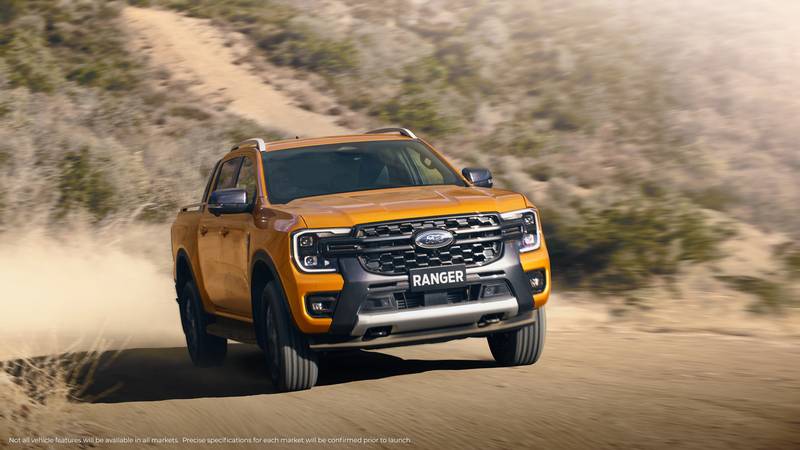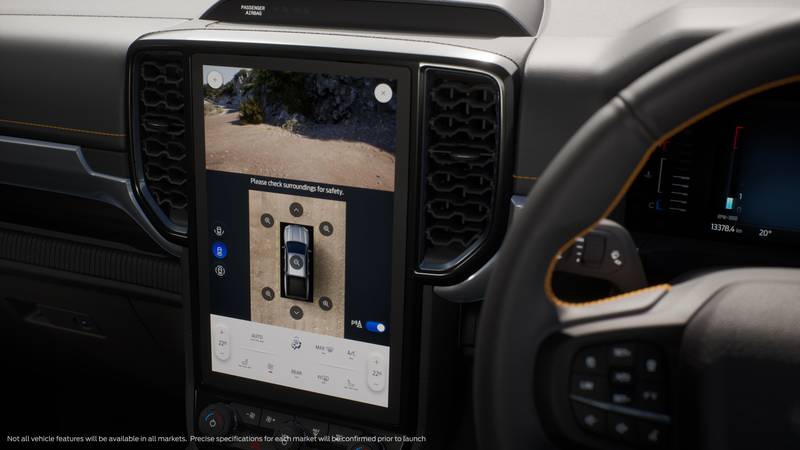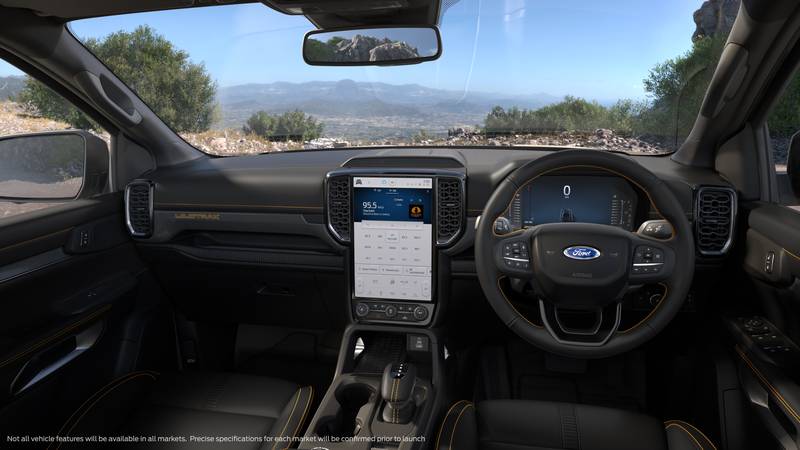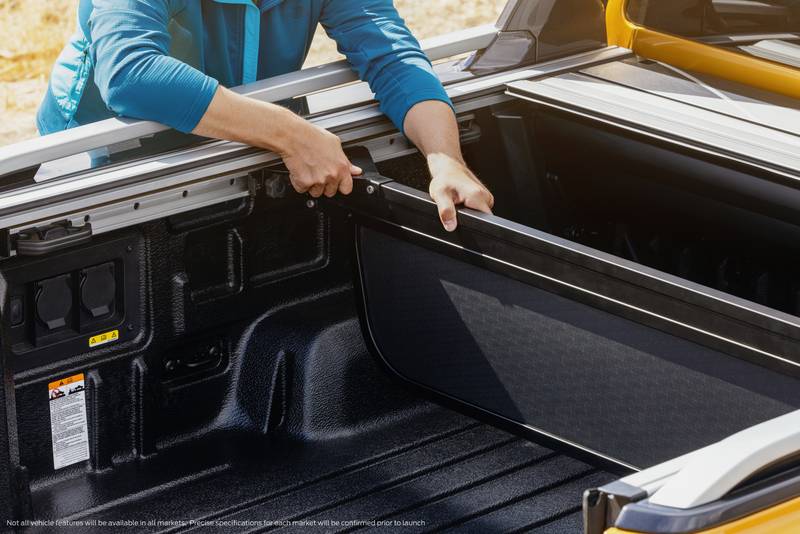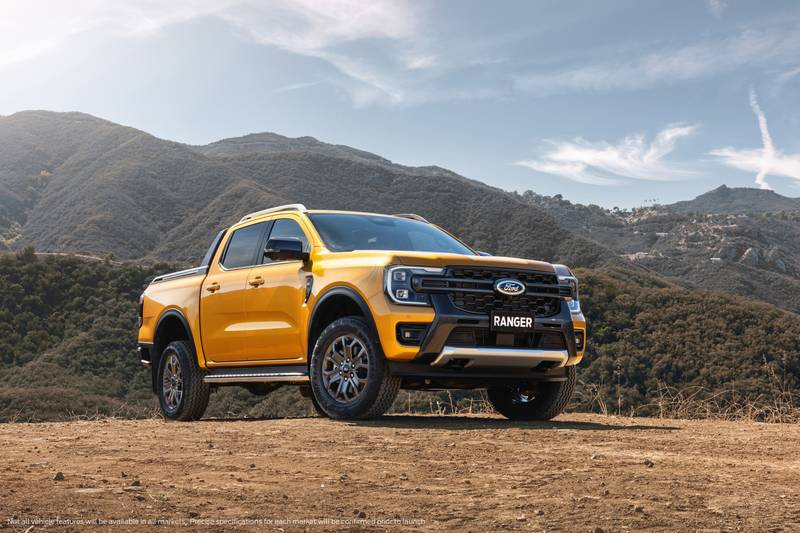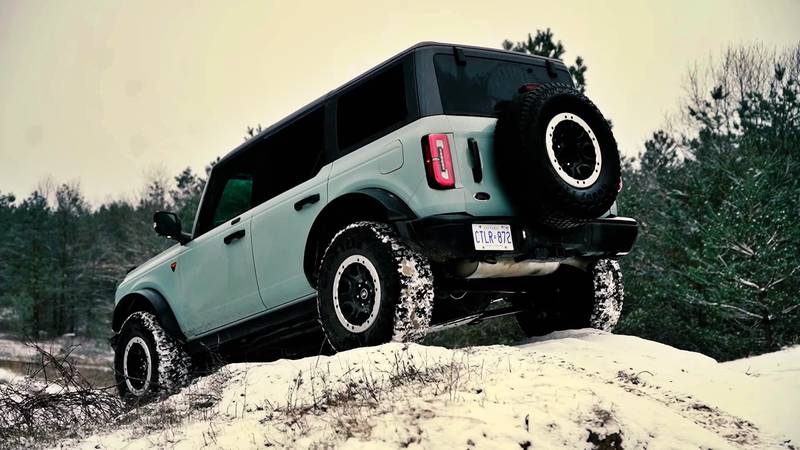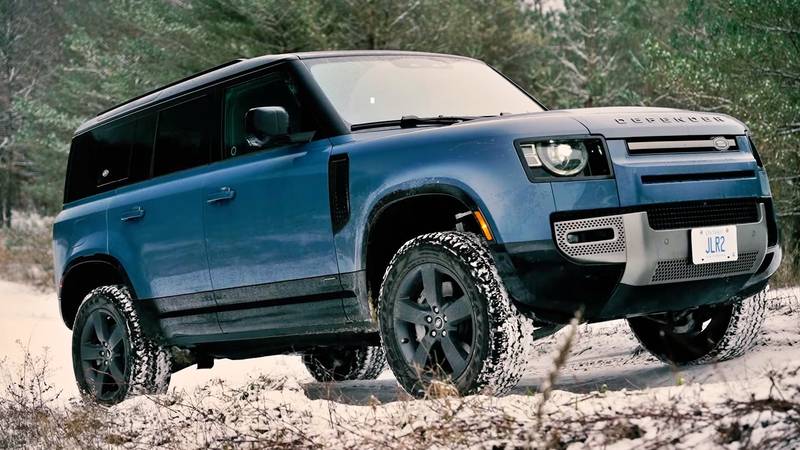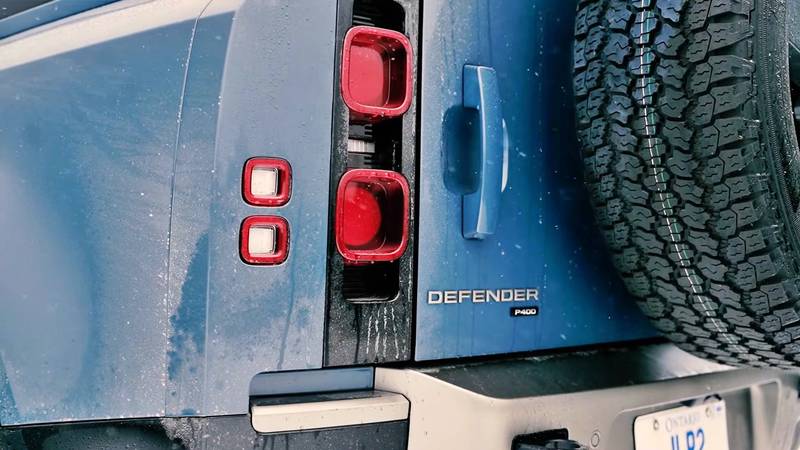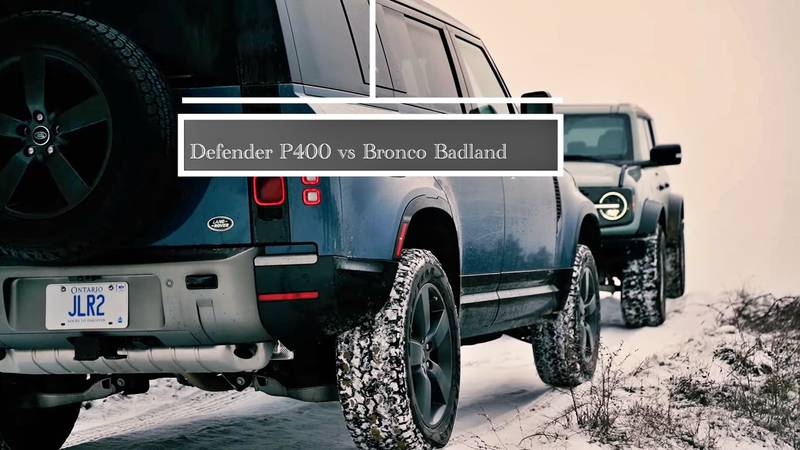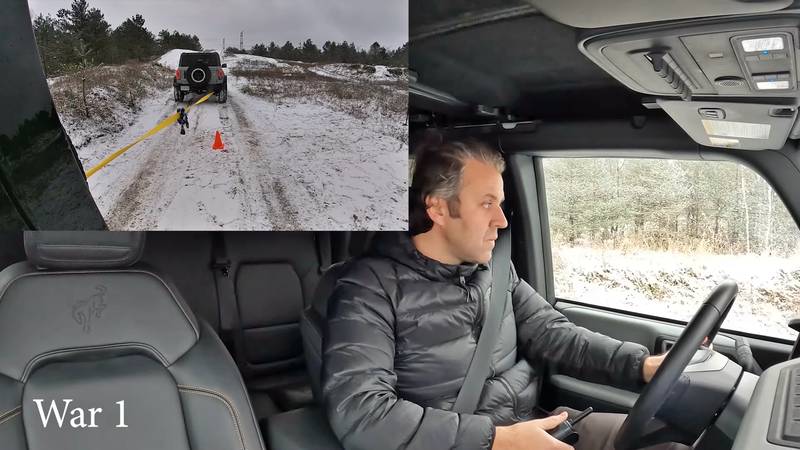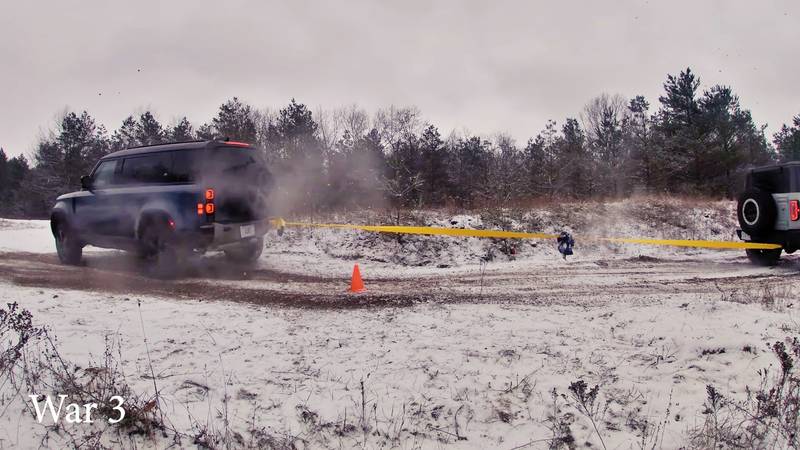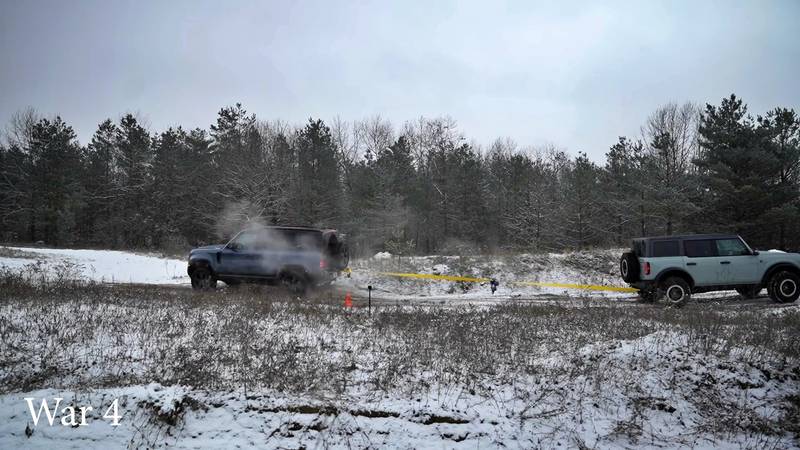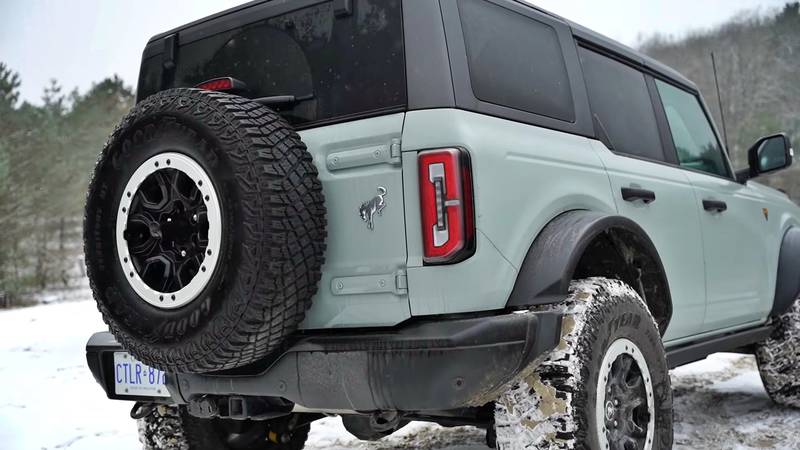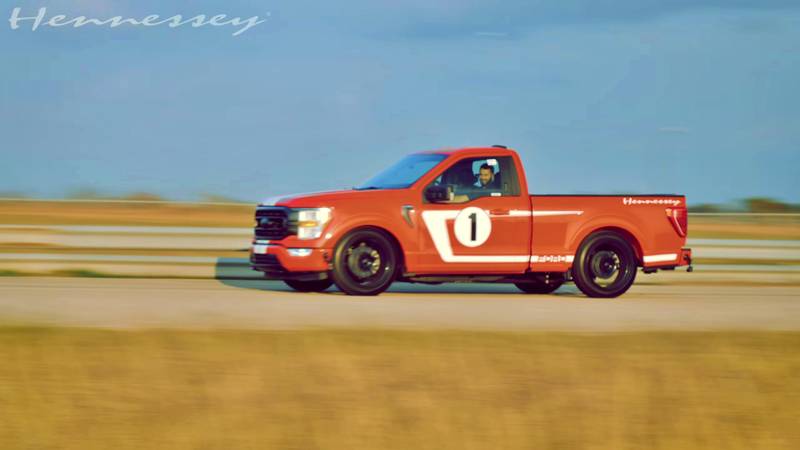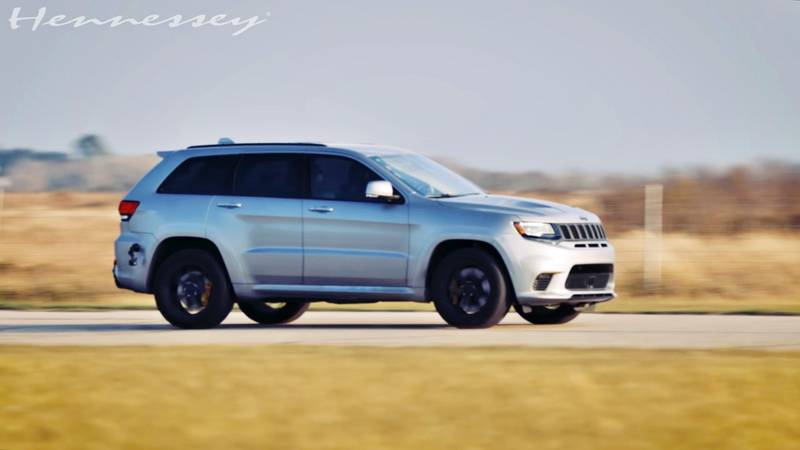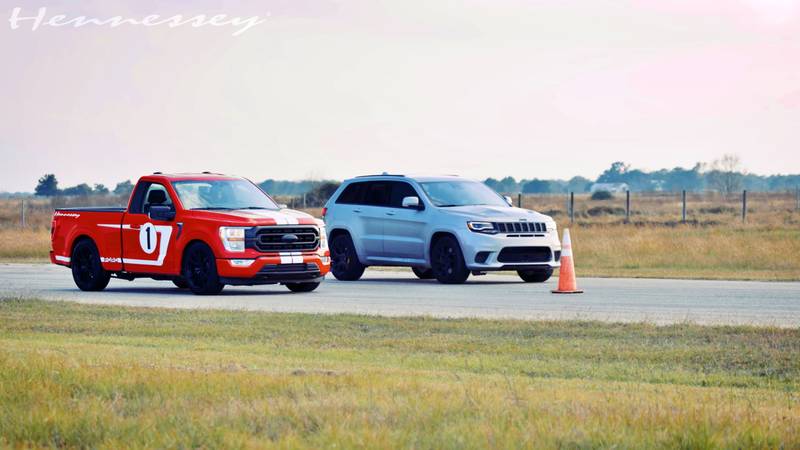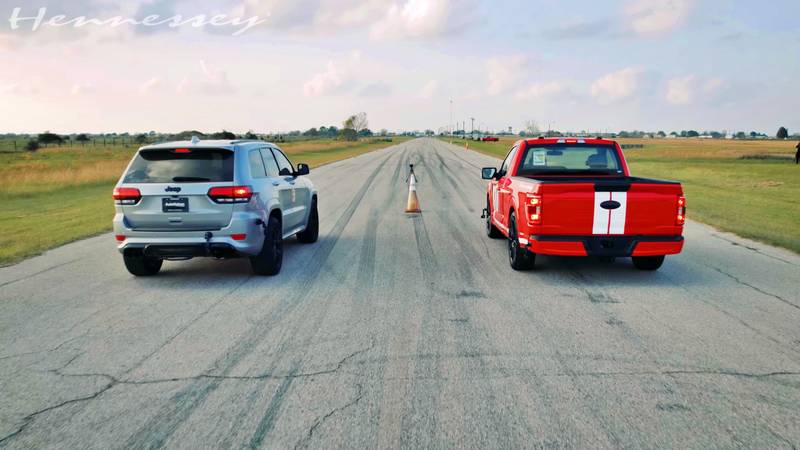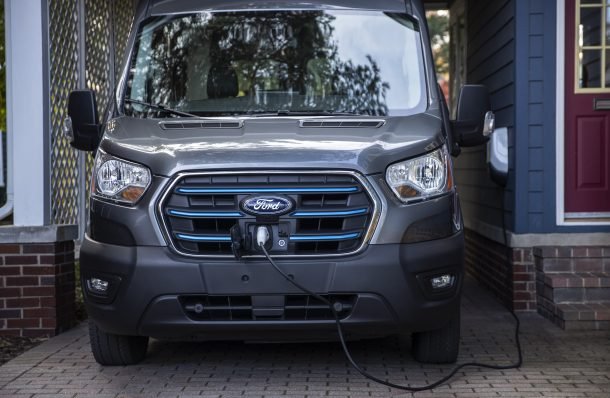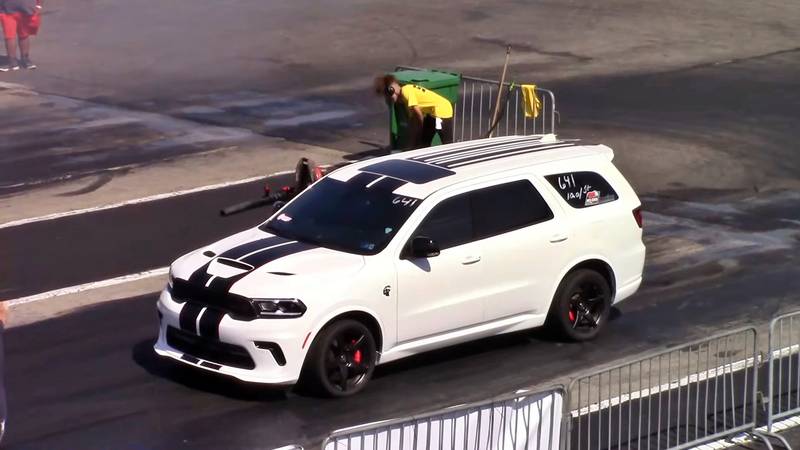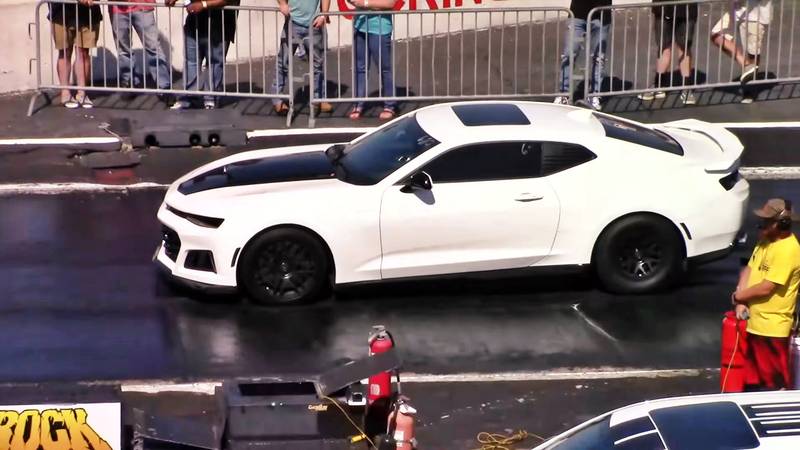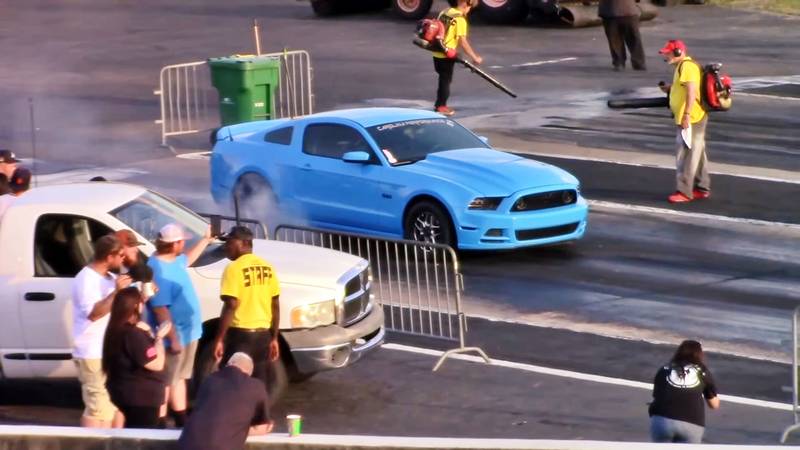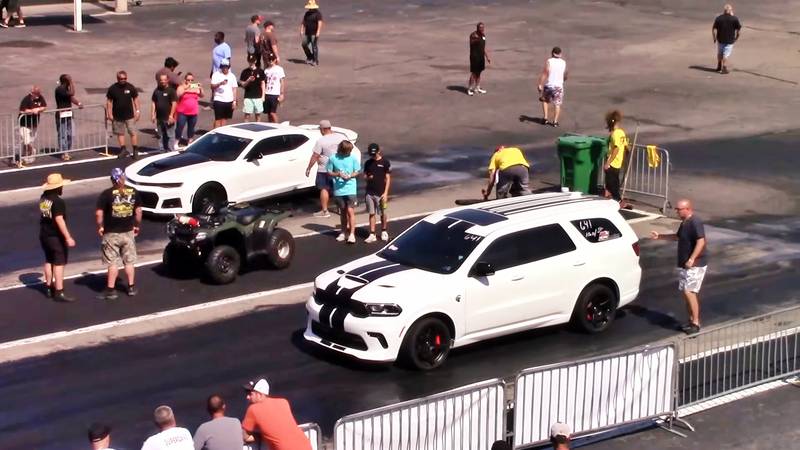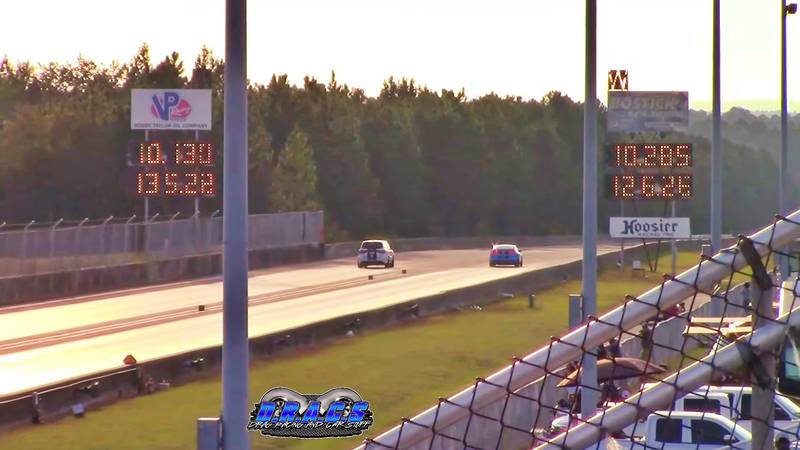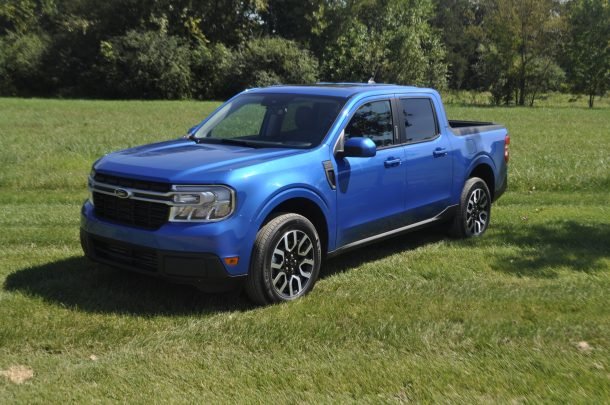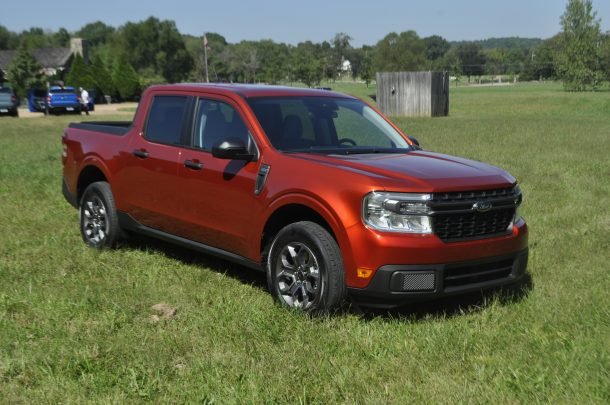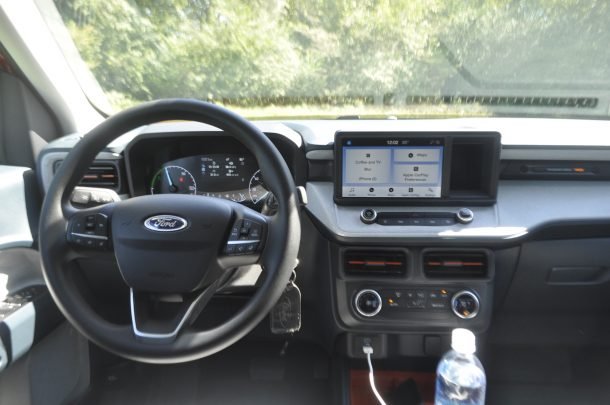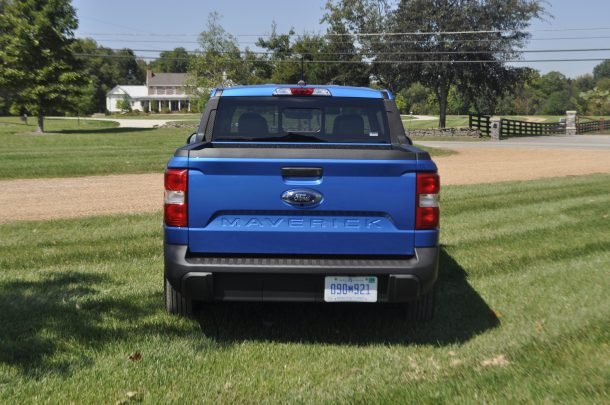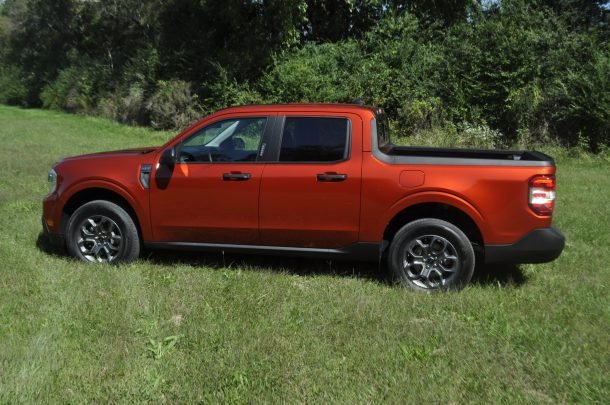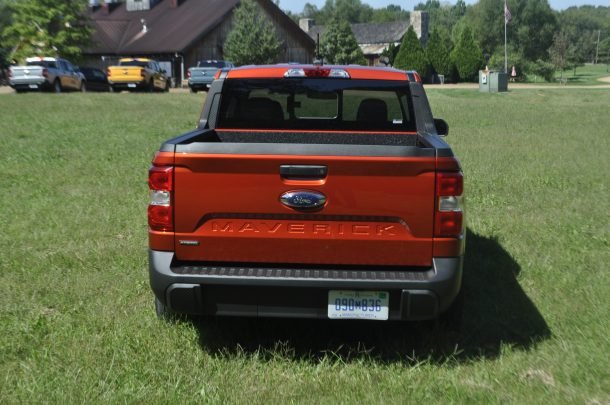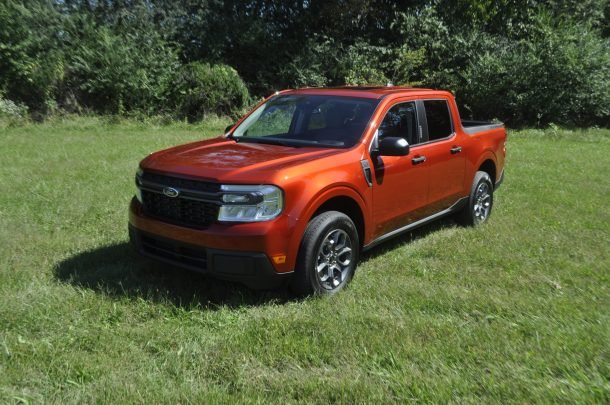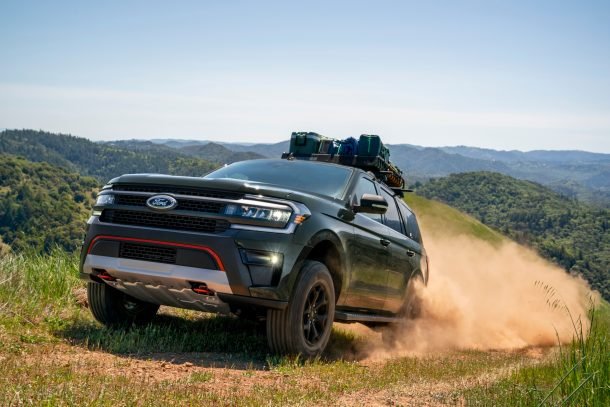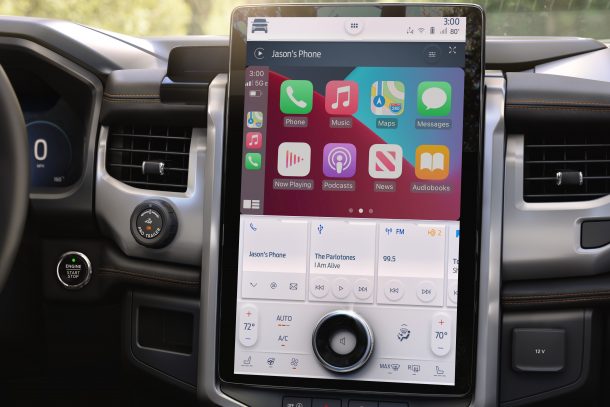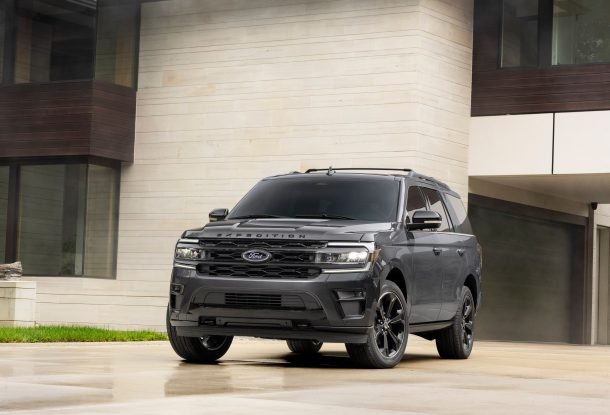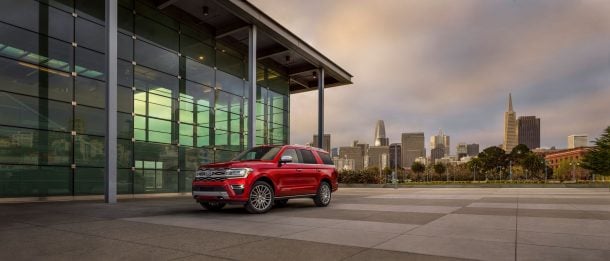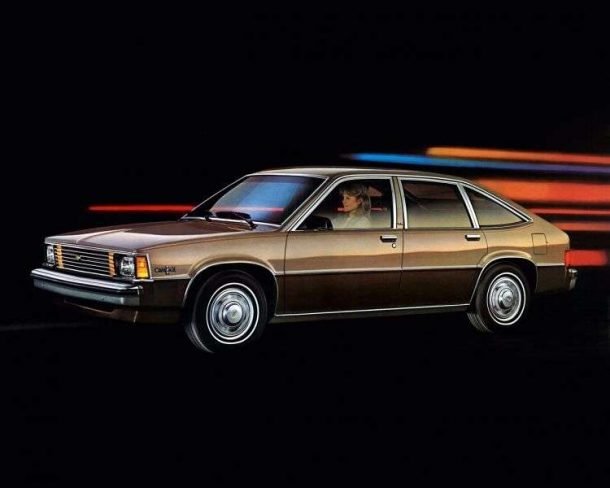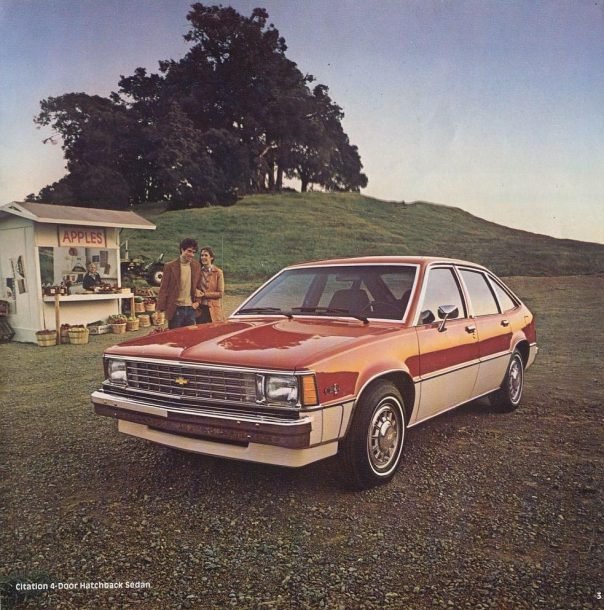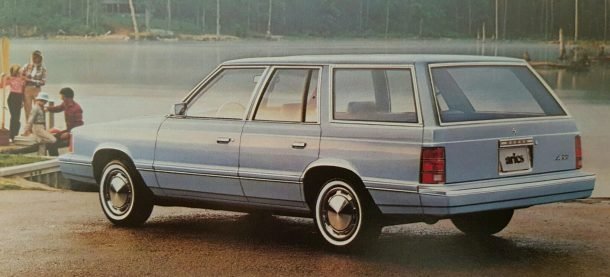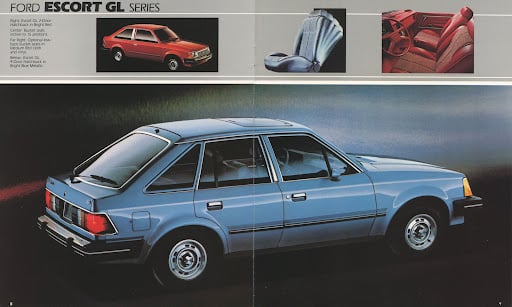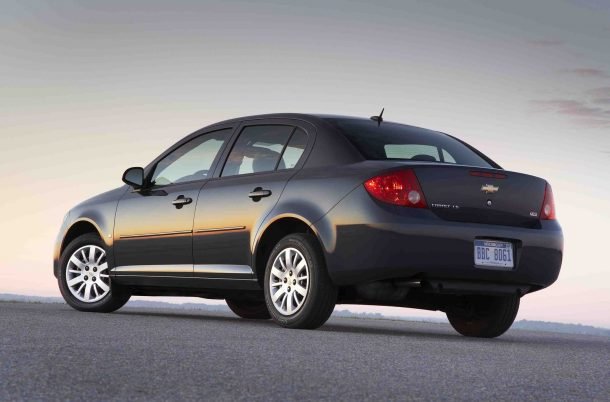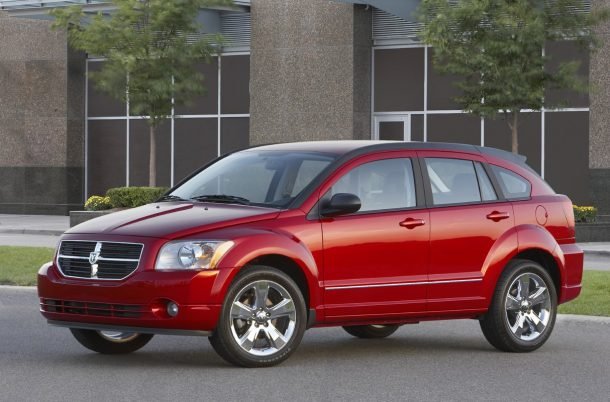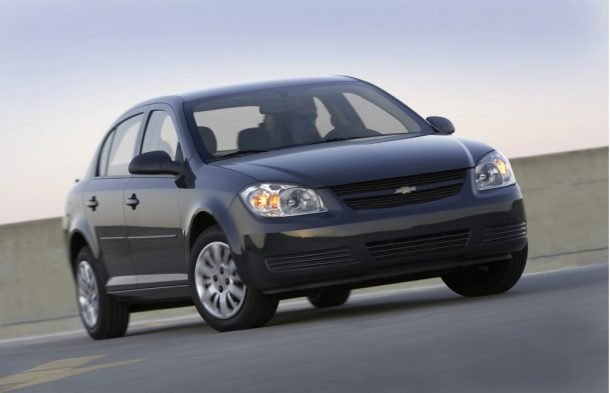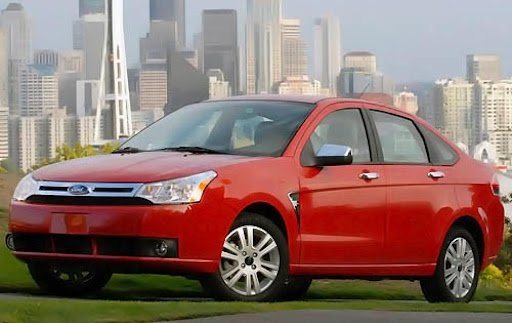One Turbo Gasoline And Three Turbo Diesels, Including A New 3.0 V6 Diesel
One of the main highlights of the new 2022 Ford Ranger is the introduction of a 3.0-liter V6 turbo diesel engine. Unfortunately, Ford did not give any horsepower figures for this engine, or for any engine to be offered for that matter. The only detail that the company shared is that it “feels really tough in the sense that it’s got endless power and torque, which is exactly what our customers wanted”.
Considering that diesel engines are not that popular here in North America, the chances of Ford offering this engine on our market are slim. Nevertheless, it wouldn’t hurt for us to imagine what a torquey diesel-fed V-6 Ranger would feel like.
As for the other diesel engines, this will be a 2.0-liter diesel in single- and twin-turbo configurations. In the outgoing Ranger, the single-turbo motor produced 180 horsepower and 310 lb-ft (420 Nm) of torque, while the twin-turbo diesel produced 210 horsepower and 370 lb-ft (500 Nm) of torque.
Ford will also continue to offer the 2.3-liter EcoBoost turbo gasoline engine, though just like the other engines, Ford did not provide any power figures. For the outgoing model, it produced 269 horsepower and 310 lb-ft (410 Nm) of torque.
Transmission options for the new 2022 Ford Ranger include a 10-speed automatic, 6-speed automatic, and a 6-speed manual.
Upgraded T6 Platform, Increased Capability

The new 2022 Ford Ranger rides on an upgraded T6 platform that offers increased capability and better comfort, and it can also support electrification in the future
Ford confirmed that the Ranger rides on an upgraded T6 platform that features a 50 mm (1.97 in) longer wheelbase and a 50 mm (1.97 in) wider track compared to the outgoing model. The company also says it has a hydro-formed front-end structure that’s designed to accommodate the bigger V6 engine while also allowing a high degree of electrification. Additionally, this structure enables more airflow to the radiator, which helps keep operating temperatures low when towing or carrying heavy loads.
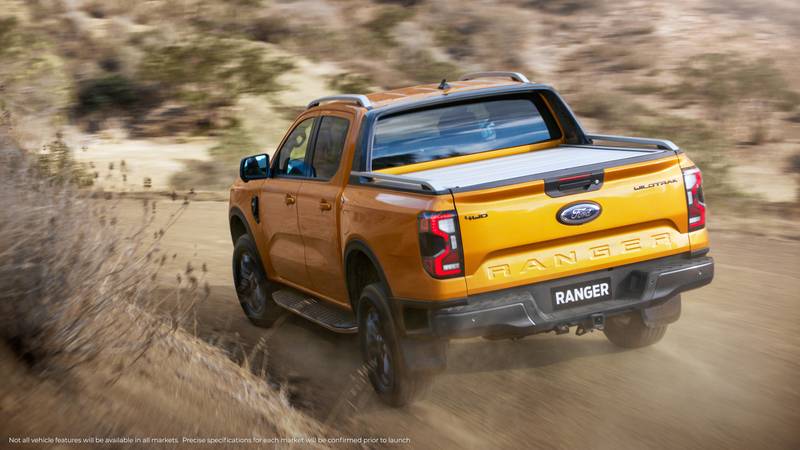
Ford also improved the Ranger’s ride and handling through its 1.97-inch longer wheelbase and 1.97-inch wider body, revised suspension, among other structural improvements
Ford also made improvements to its ride and handling capabilities. By moving the front wheels forward by 50 mm (1.97 in), its approach angle and wheel articulation has been improved. The rear leaf spring suspension dampers have also been moved outboard of the frame rails as a way to improve its ride both on- and off-road. Off-road recovery is also made easier with the prominent dual recovery hooks in the front bumper.
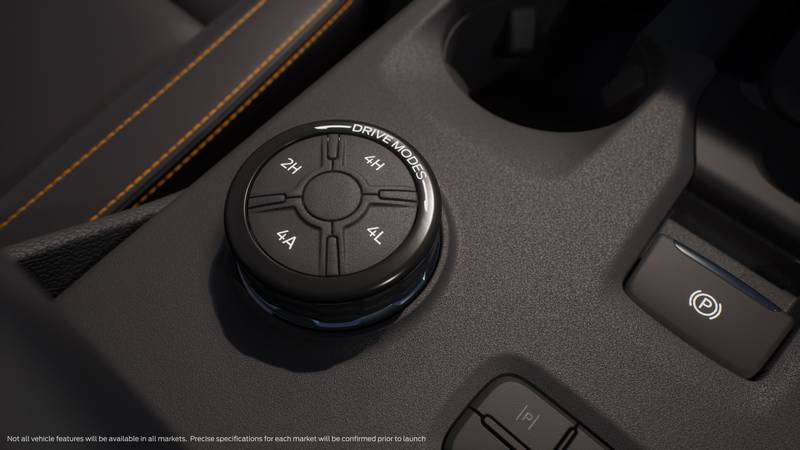
Two four-wheel drive (4WD) systems will be offered—an electronic shift-on-the-fly system and an advanced full-time 4×4 system that Ford says has a “reassuring set-and-forget mode”.
Lastly, two four-wheel drive (4WD) systems will be offered—an electronic shift-on-the-fly system and an advanced full-time 4×4 system that Ford says has a “reassuring set-and-forget mode”.
If The Ford Maverick And F-150 Had A Child, The Ranger Would Be It

From the outside, the new 2022 Ranger looks like the lovechild of the Maverick and the F-150, with its C-shaped lights, horizontal grille, sculpted hood, and imposing front end.
From the outside, the new 2022 Ranger looks like the lovechild of the Maverick and the F-150. It’s not a bad thing, mind you, because the pickup looks properly modern and sleek. Shown here is the global model, though whichever region the Ranger will be sold, all models now have a more imposing front end that’s characterized by a horizontal grille that’s flanked by C-shaped headlights. Higher variants even come with LED daytime running lights and headlights with Matrix LED technology.
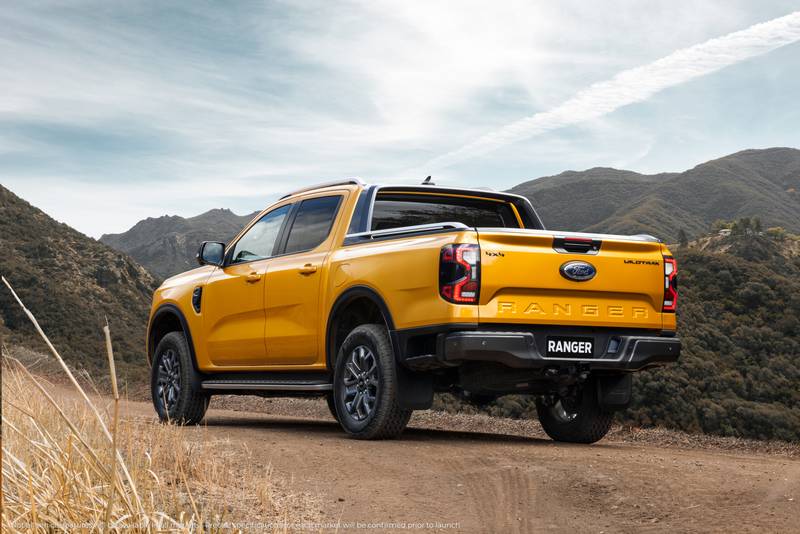
The side profile is more on the evolutionary side of things, while the rear end gets a more sculpted tailgate, new taillight designs, and an integrated step on the sides of the rear bumper
Covering its engine bay is a more prominent hood, while the side profile is more on the evolutionary side of things. Moving towards the rear, there’s a new set of taillights, with higher variants featuring LED lighting. The tailgate is also more sculpted than before, and for the first time, the global Ford Ranger has an integrated step board at the sides of the rear bumper.
A Modern And Technologically-Advanced Interior
Ford calls this pickup the “smartest, most versatile and most capable Ranger ever”. The “smartest” part is evident in the interior, where it debuts a number of firsts for the Ranger nameplate.
Whereas the Ranger pretty much arrived in the North American market with an outdated interior, that isn’t anymore the case with this new model. Most variants come with the latest SYNC4 infotainment that first debuted in the Mustang Mach-E. In the case of the new Ranger, this is controlled via a 10.1- or 12-inch portrait touch screen. Despite having a larger screen, Ford still kept its hard buttons, which is what you would prefer to interact with especially when going through rough roads.
Working in conjunction with the SYNC4 infotainment system is a fully-digital instrument cluster, though Ford has not given any details on how big the screen is. There’s also a built-in modem for the FordPass telematics system that lets owners control vehicle functions and access Ford’s concierge service via their smartphones. Other interior features that the Ranger has are a wireless charging pad and more clever storage solutions, though Ford did not release full details yet on how these work.
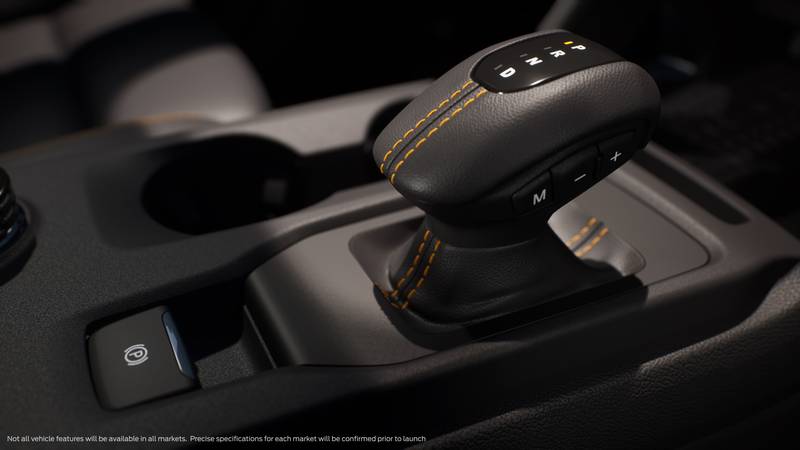
Other new features for the 2022 Ford Ranger include a small electronic gear shifter and an electronic parking brake
Apart from these tech features, the new 2022 Ford Ranger’s overall interior design looks far more interesting and appealing compared to the outgoing model. One of its highlights is its small electronic gear shifter and electronic parking brake, for better or worse. There are also various interior color and trim choices available depending on the variant.
The Ford Ranger Is Ready For Your Next Adventure
Thanks to the 1.97-inch increase in width, Ford is proud to highlight that despite being an incremental increase, this provides a noticeable improvement in cargo volume. Ford, however, did not say how much has the bed size increased over the outgoing model, but they say it’s enough to add another “sheet of building plywood or a full-size pallet”.
Speaking of the bed, the new Ranger offers a cargo management system that consists of dividers that can hold various items. Owners can create different compartments using a system of ultra-strong spring-loaded cleats that clip into rails bolted to each side of the cargo box. The tailgate can also double as a mobile workbench with an integrated ruler and clamp pockets, just like in the F-150.

Lastly, the 2022 Ford Ranger comes with Zone Lighting, which provides exterior lighting on all four corners of the Ranger that can be controlled via the FordPass app or the SYNC4 infotainment
Lastly, the Ford Ranger is also available with a feature called Zone Lighting, which first made its debut in the F-150. This set of lights that surround the vehicle can be controlled via the FordPass app or the SYNC4 infotainment system, and this can be useful in your next camping adventure or your construction work.
When Will It Go On Sale?
Production of the 2022 Ford Ranger will begin in 2022 in Thailand and South Africa. Ford has not yet revealed when it will arrive in the North American market, but we expect it to arrive for the 2023 model year and look slightly different from the global version. The next-generation Volkswagen Amarok will also be based on the new Ford Ranger, which means its unveiling should also happen quite soon.
For GREAT deals on a new or used Nissan check out Fontana Nissan TODAY!
